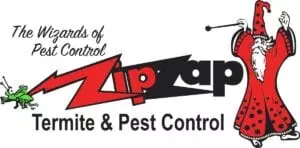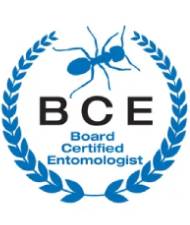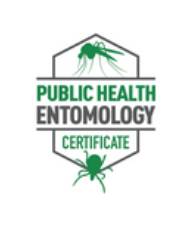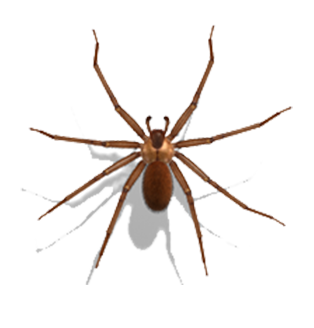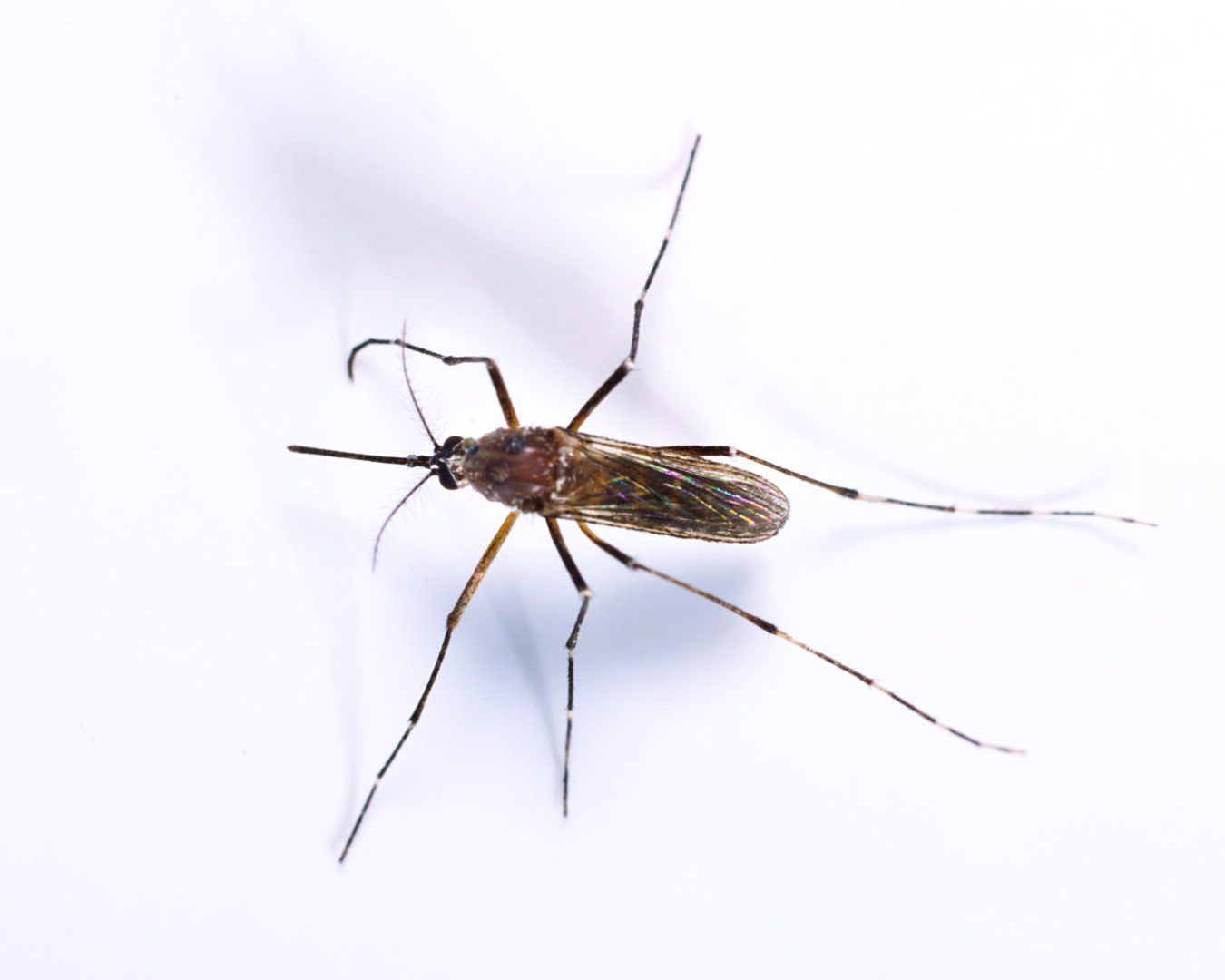Protecting Your Residential Property From Unwanted Pests
WE PROTECT YOUR HOME
Send us an inquiry
WE ARE LICENSED & INSURED
Pest Control in Kansas City

ZipZap Termite & Pest Control is licensed and insured for your protection.
ZipZap Termite & Pest Control has a Board-Certified Entomologist on staff to help you with your bug problems! Find out why so many people trust our experts with their insect control needs. Call today to schedule a treatment for your Kansas City home or business and start living a pest-free life.
We treat for a wide range of bugs, including but not limited to bed bugs, brown recluse spiders, carpenter ants, bees, fleas, silverfish, termites, cockroaches, moles, spiders and rodents. ZipZap Termite & Pest Control is located in Kansas City, Missouri, and services surrounding areas such as Parkville, Riverside, Gladstone, Smithville, Liberty, Blue Springs, and Pleasant Valley. We also service our Kansas neighbors in cities near Overland Park, Shawnee, and Leawood.
We are the Wizards of Pest Control. “We’ll Take Care Of What’s BUGGIN’ You!”
Bed Bugs in Kansas City Homes
Bed bugs are our most popular pest here at ZipZap Termite & Pest Control, and they aren’t going away anytime soon! These creepy crawlies have become a big problem in the Kansas City area. They are found in homes, apartments, hotels, and multiunit housing. Unfortunately, the products you can buy on the market to combat these blood-sucking insects don’t do the trick.
If you suspect bed bugs have invaded your home, please consult a professional like the ones here at ZipZap Termite & Pest Control. We are a certified “bed bug-free” company, which guarantees the highest-quality service for your extermination needs. Our Board-Certified Entomologist adheres to the Best Management Standards for Bed Bugs, as established by the National Pest Management Association. Let us inspect your home; then provide a solution to your bed bug problem.
Bed Bugs - Cimex Lectularius (Hemiptera: Cimicidae)
A widespread, blood-sucking parasite found in human habitations, bed bugs are plaguing Kansas City. This locale has now been identified as one of the top 50 cities suffering from a bed bug epidemic. These pests are referred to as obligate parasites because, in order to make it through each step of their five-stage life cycle, they require a blood meal, and that's you!
Adult bed bugs are up to 6mm long, oval in shape, and have a reddish-brown color. They are nocturnal and rest apart from their host during daylight. These nasty bugs feed at night, leaving several linearly arranged, closely spaced wounds on their victim. After feeding, the bug's body rapidly swells and detaches from its host. It typically takes 6–8 weeks for a bed bug to mature, and they can live one year without feeding. Infestations are not associated with poor sanitation or lousy housekeeping. These bugs do not discriminate!
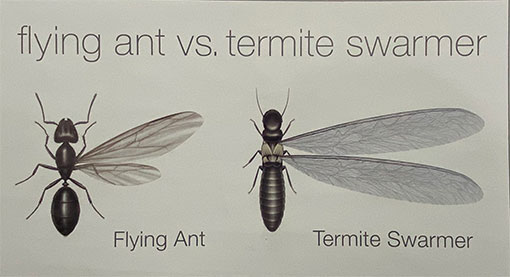
Termites in Kansas City
The scientific name for termites is Rhinotermitidae. The eastern subterranean termite (Reticulitermes flavipes) is the most common and destructive consumer of homes in the Kansas City area. Termites operate in a social structure; different castes or groups perform specific functions in the colony. Termite colonies mature after 4–6 years, at which time winged termites are produced.
These winged termites are known as swarmers; they disperse from the group to establish new colonies. Soldier termites are responsible for protecting the colony from intruders, whereas worker termites are responsible for feeding the group and the queen. The worker termites cause damage to homes because they feed on wooden structures.
ZIPZAP RESIDENTIAL SERVICES
We offer many pest control services in Kansas City.
And we have an exterminator who is a Board-Certified Entomologist.
Pest control services performed by ZipZap Termite & Pest Control in Kansas City include:
Cockroaches:
The German cockroach (Blattella germanica) is native to southeastern Asia but has spread to all parts of the world, including here in Kansas City. This species of cockroach is hardy and can breed anywhere conditions are suitable for human existence. Infestations have been found as far north as Alaska and Greenland. Adult German cockroaches are fully winged but incapable of actual flight. They measure 1.1–1.6 cm in length.
The female German cockroach carries her eggs in a partially extruded sac called an ootheca. She will remain inside harborages, rarely feeding until the eggs hatch. German cockroaches mature in two to six months, depending on temperature and humidity. They breed continuously—their population can explode in a short amount of time.
Cockroaches are a widespread problem in Kansas City.
All buildings in Kansas City are vulnerable to roaches, including homes, offices, and grocery stores. Effective treatment of the pests involves a combination of liquids, baits, and growth regulators. If you have used these methods and still have a cockroach infestation, then it's time to contact the professionals. Call ZipZap Termite & Pest Control at (816) 407-PEST.
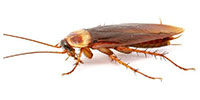
For the control of brown recluse spiders, we offer:
TYPES OF ANTS IN KANSAS CITY
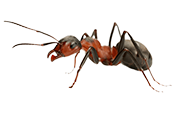
Carpenter Ant

Little Black Ant
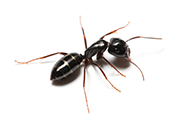
Odorous House Ant
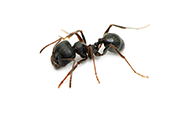
Pavement Ant
Ants are the number one reason for calls to ZipZap in the spring. Both ants and termites swarm during the spring months, and it can be hard to tell the difference between the flying insects. You can contact us to help with identification.
Carpenter Ants:
Carpenter ants (Camponotus) are widespread in Kansas City. They are attracted to moist environments and wood. Therefore, these bugs can create a significant problem in your home because they attack wooden structures and shred them until they are nothing more than sawdust.
Little Black Ants:
Little black ants (Monomorium minimum) are omnivorous insects common in urban habitats. Worker ants are monomorphic; they have slender bodies, are dark brown or black in color, and range 1.5–3.0 mm long. Ant colonies nest outdoors and form conical craters.
Odorous House Ants:
Odorous house ants (Tapinoma sessile) generate many calls to our office. These ants are mainly active from early spring to late fall. Worker ants measure about 3.0–3.5 mm long and are monomorphic. They are brownish-gray in color with a velvet-like appearance. Odorous house ants typically nest outdoors in soil or under wood and stones but have been known to take up residence in kitchen walls.
Pavement Ants:
Pavement ants (Tetramorium caespitum) are usually found outside and feed on plant materials such as roots and seeds, but they may make their way into your home to forage for food. This species of ant is omnivorous and, once indoors, will seek out sweet and greasy foods.
Pharaoh Ants:
Pharaoh ants (Monomorium pharaonis) are an urban pest. They are believed to have originated in Egypt (hence the name). Workers have small bodies, measuring 1.5–2.0 mm long. The head and thorax are reddish-yellow, and the gaster (abdomen) is a much darker color. Pharaoh ants often use crevices as nesting sites, and nests do not have a specific structure. Queens cannot fly and remain in the nest to reproduce—over her lifetime; a queen pharaoh can produce hundreds of eggs.
Colonies may contain hundreds of queens and several hundred thousand workers. Workers do not sting but are equipped with acid glands that produce a chemical repellent. Pharaoh ants are dangerous pests to have in homes, office buildings, and hospitals because they can carry and transmit diseases such as salmonella and staphylococcus. If you find pharaoh ants in and around your Kansas City home, do not use a spray treatment—this could cause the colony to bud (split into subcolonies and nest in new sites), thus multiplying the problem.
ZIPZAP TERMAPEST PROGRAM
ZipZap Termite & Pest Control has developed a program called TermaPest that offers a holistic alternative to traditional pest control methods. Our clients have made it clear that they want an environmentally responsible service that ensures the effective elimination of pests, and TermaPest is our response to that demand. The program represents the future of pest management and is only available from ZipZap.
The TermaPest program includes six service visits during the peak activity times of the pest afflicting your property. If the problem persists, additional treatments will be provided without charge. TermaPest services eliminate the following pests: pavement ants, carpenter ants, centipedes, carpet beetles, clover mites, earwigs, millipedes, sowbugs, silverfish, springtails, spiders, wasps, yellow jackets, bald-faced hornets, mice, rats, stink bugs and termites.
TermaPest customers can use this program confidently, knowing that our Board-Certified Entomologist designed the method and that we offer it as an advanced pest management solution not found anywhere else in the Greater Kansas City area.
Objectives of the TermaPest Program:



We abide by all Integrated Pest Management Standards. Our professionals will concentrate on the affected areas of your home while keeping the majority of our products outside.
ZipZap's exclusive TermaPest program is the best way to keep your home pest-free.
WE'VE GOT KANSAS CITY COVERED WITH OUR TERMAPEST PROGRAM
BOARD-CERTIFIED ENTOMOLOGIST ON STAFF | CALL 816-407-PEST
ZIPZAP TERMITE & PEST CONTROL
If you find a bug in or around your home and need it identified, take a picture. Then text or email to the text line or email address below.
Please DO NOT text to the (816) 407-PEST number.
Mosquitos are more than just pesky little insects; they can be a serious threat to the health of you and your family. Mosquitos carry numerous diseases and infections, from Zika to West Nile Virus, and are an ever-present threat in warmer months.
But you don’t have to be a victim of their constant buzz! The best way to keep mosquitos away from your home is to understand their breeding habits and prevent their breeding sites from forming.
What are Mosquito Breeding Sites?
Mosquito breeding sites are any places where standing water can collect, like gutters, flower pots, trash bins, and pools of water left on flat surfaces after a rainfall. These standing pools of water are prime real estate for mosquitos; they serve as both a place to lay eggs and a feeding site. If left unchecked, a small pond or puddle can become a virtual hive for mosquitos.
- How to Minimize Mosquito Breeding Sites Around Your Home
The most important thing to remember is to reduce any standing water around your home. This can include regularly cleaning out your gutters, cleaning or changing flower pot water, keeping your pools clean and covered, and quickly wiping down flat surfaces like your deck and patio that might accumulate water after a rainfall.
There are also a few easy-to-follow steps that you can take to make your home less hospitable for mosquito breeding:
• Replace outdoor lighting with yellow-bulbs. Mosquitos are drawn to the brightness of standard bulbs and can be easily repelled by the yellowness of yellow bulbs.
• Plant bug-repellant plants around the home. Some great options include lavender, peppermint, lemongrass, and citronella, which act as natural deterrents to mosquitos.
• Make sure to use bug sprays and bug repellants with DEET when spending time outside.
By following these easy steps and using good judgment, you can minimize the threat of mosquito breeding sites around your home. Protect your family and stay vigilant!
